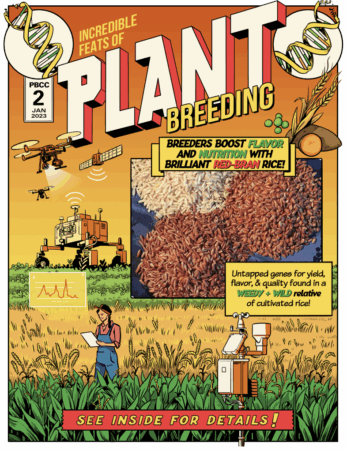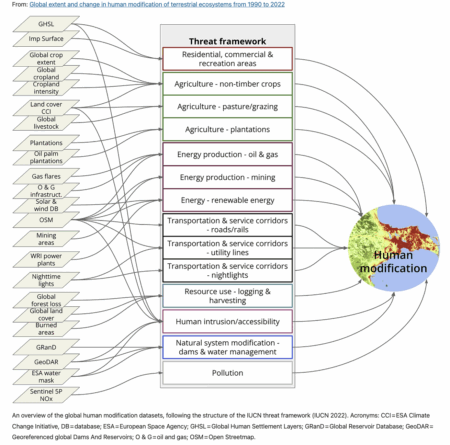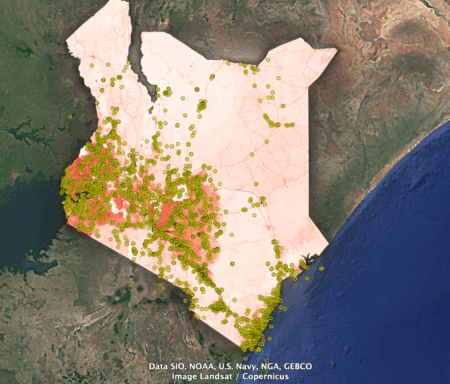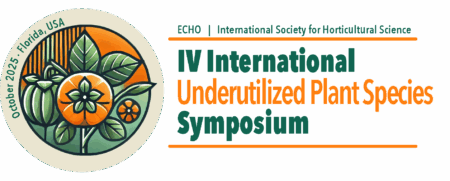How can you get humble heirloom varieties of the humble potato back into cultivation? Well, fortunately, Potato News Today 1 has a handy step-by-step guide, which I reproduce verbatim below:
- Start with a story you can legally sell. In Europe/UK, use the conservation-variety route; in North America, lean on certified seed suppliers and Indigenous stewardship agreements.
- Source clean, traceable stock. CIP and the U.S. Potato Genebank maintain indexed, disease-tested material; combine with reputable local seed houses.
- Pilot with chefs and specialty retail. Early-season launches with menu credit and a farm feature move the needle.
- Package the provenance. PDO/PGI examples like Jersey Royal and Papas Antiguas de Canarias show how origin, agronomy, and micro-harvest rituals create value.
- Engineer storage for shape and use. Follow the curing/holding guidance above.
- Ride the calendar. Tie launches and media to the International Day of Potato (30 May) or to local potato festivals.
Sounds pretty sensible, and applicable to other crops as well, I suspect, with a little tweak here and there.
The article also has a list of case studies. This doesn’t include any examples from Italy, but coincidentally a recent paper describes just such a thing. Which maybe points to something that is missing from the Potato News Today playbook, to whit having lots of interesting characterization and other data on your heirloom landraces handy to help get them ready for prime time.



